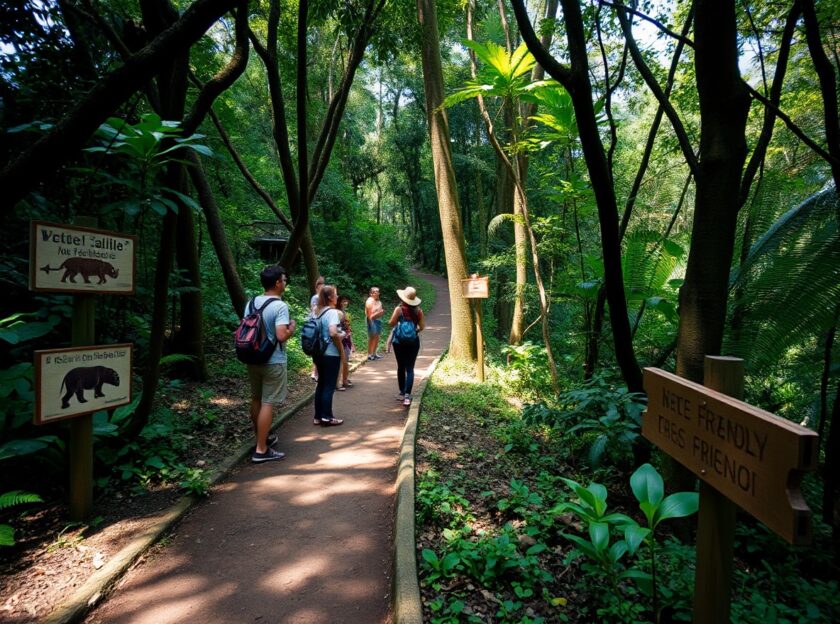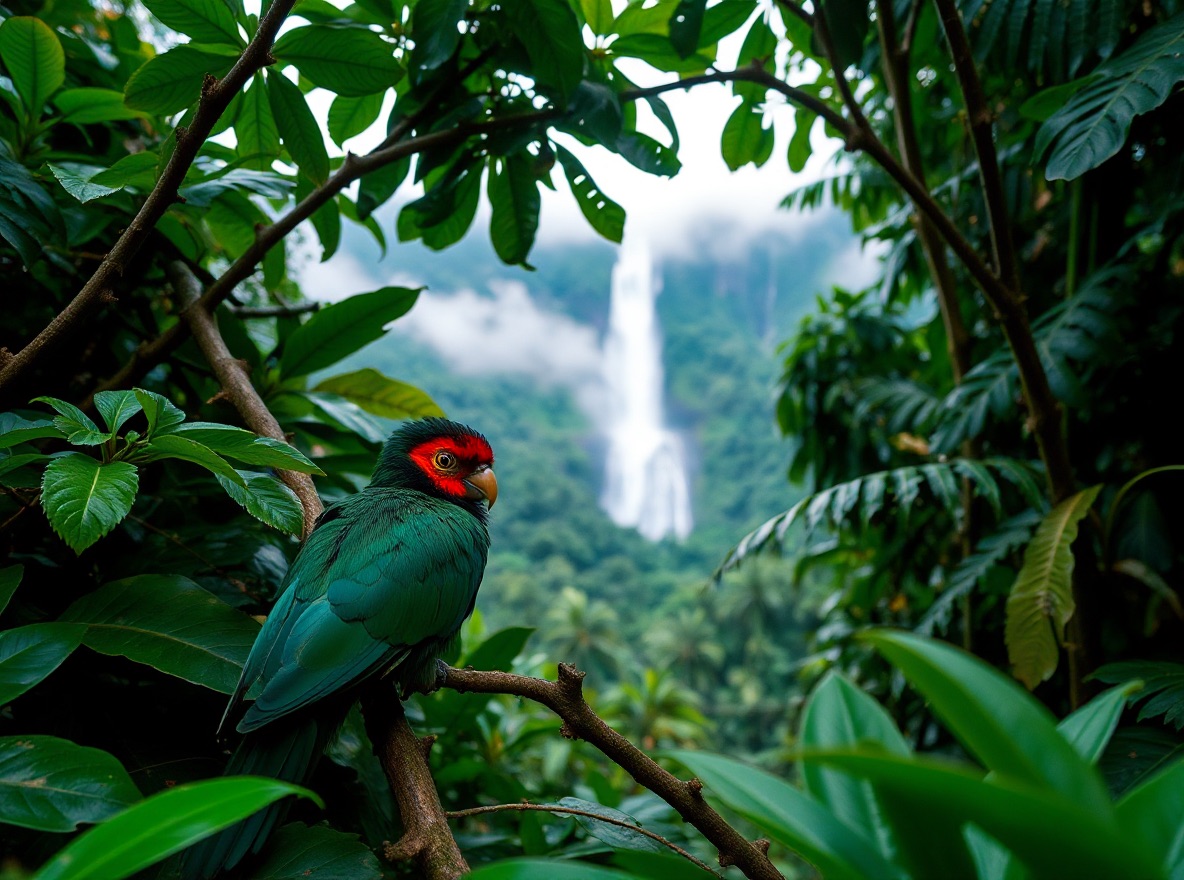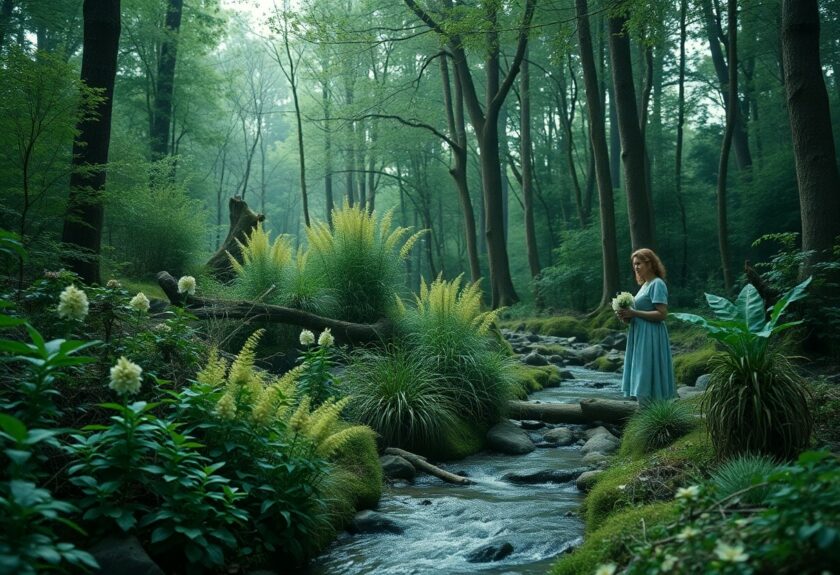Costa Rica, a small Central American nation roughly the size of Switzerland, is a remarkable example of environmental stewardship and biodiversity. With a commitment to conservation, the country has designated a quarter of its land as national parks and nature reserves, making it a haven for wildlife and a model for sustainable practices. This blog post delves into the unique ecosystems of Costa Rica, highlighting its rich biodiversity, geological features, and the importance of conservation efforts.
A Tectonic Marvel
Costa Rica’s geographical location is a product of millions of years of tectonic activity. Situated at the crossroads of North and South America, the country has been shaped by the collision of the Caribbean and Cocos tectonic plates. This geological activity has given rise to a stunning landscape characterized by numerous volcanoes, some of which remain active today. The volcanic soil is rich in nutrients, supporting a diverse array of plant and animal life.
The country’s varied topography, from coastal plains to mountainous regions, creates distinct microclimates that foster exceptional biodiversity. The cloud forests, found at elevations between 1,000 and 3,000 meters, are particularly noteworthy. These forests are characterized by their unique ecosystems, where towering trees form a dense canopy, and a myriad of plants, including epiphytes like orchids and ferns, thrive in the humid environment.
The Cloud Forest Ecosystem
The cloud forest is a vital ecosystem that plays a crucial role in maintaining the region’s biodiversity. The constant moisture from the clouds supports a lush environment where various species coexist. For instance, the black-faced solitaire, a bird known for its melodious song, builds its nest in the mossy undergrowth, while the elusive three-wattled bellbird fills the air with its distinctive calls.
Among the most iconic inhabitants of these forests is the resplendent quetzal, a bird revered for its vibrant plumage and long tail feathers. Once considered divine by ancient cultures, the quetzal is now classified as near threatened due to habitat loss. Conservation efforts are essential to protect this species and its habitat, emphasizing the need for ecological corridors that connect fragmented forests.

The Role of Wildlife in Ecosystem Health
Costa Rica’s wildlife plays a significant role in maintaining the health of its ecosystems. For example, the white-nosed coati, an omnivorous mammal, forages for food in the forest floor, helping to disperse seeds and promote plant diversity. Similarly, the variegated squirrel, which thrives in the absence of winter, contributes to the ecosystem by feeding on fruits and nuts, ensuring the growth of new trees.
The mantled howler monkey, known for its loud calls, is another fascinating resident of the cloud forest. These monkeys primarily feed on leaves, which are low in nutritional value, leading to a leisurely lifestyle filled with napping and socializing. Their vocalizations serve as a means of communication and territory defense, showcasing the intricate social structures within primate communities.
The Importance of Pollinators
Pollinators, such as hummingbirds and butterflies, are vital to the health of Costa Rica’s ecosystems. Hummingbirds, with their rapid metabolism, require frequent feeding on nectar, while butterflies play a crucial role in pollination. The decline of these species worldwide raises concerns about the future of flowering plants, as 85% of them depend on insects for reproduction.
The vibrant colors and intricate patterns of Costa Rican butterflies, like the blue morpho, not only captivate observers but also serve as a reminder of the delicate balance within ecosystems. Conservation efforts must prioritize the protection of these pollinators to ensure the survival of diverse plant species.
Coastal and Marine Biodiversity
Costa Rica’s commitment to conservation extends beyond its forests to its coastal and marine environments. The country boasts stunning beaches and rich marine biodiversity, where species from both North and South America converge. The nesting grounds of green turtles highlight the importance of protecting these habitats, as they face numerous threats from human activity.
Mangrove estuaries serve as critical ecosystems that support a variety of wildlife, including herons, crocodiles, and jaguars. These areas are essential for maintaining ecological balance and providing refuge for many species. The intricate relationships between terrestrial and marine life underscore the need for comprehensive conservation strategies that encompass all aspects of the environment.

The Path Forward: Conservation and Sustainability
As Costa Rica continues to be a leader in environmental conservation, the importance of sustainable practices cannot be overstated. The preservation of natural habitats, the establishment of protected areas, and the promotion of ecotourism are vital components of the country’s strategy to safeguard its biodiversity.
By creating ecological corridors and fostering community involvement in conservation efforts, Costa Rica aims to ensure the survival of its unique flora and fauna. The success of these initiatives serves as a model for other nations facing similar challenges in biodiversity loss and habitat destruction.
Conclusion
Costa Rica’s rich biodiversity and commitment to conservation make it a remarkable destination for nature lovers and environmentalists alike. From the cloud forests teeming with life to the vibrant coastal ecosystems, the country’s natural wonders are a testament to the importance of preserving our planet’s resources. As we continue to face environmental challenges, the lessons learned from Costa Rica’s efforts can inspire us to take action in our own communities, ensuring that future generations can experience the beauty and diversity of our natural world.




